
A blog focusing on 1/64 diecast from such popular brands as Hot Wheels, Matchbox, Johnny Lightning, M2 Machines, GreenLight, Tomica, Yat Ming, Majorette, MotorMax, Siku, Corgi, Guisval, Playart, Ertl, Zylmex, Racing Champions, & many more. Swifty's Garage features a daily Car Of The Day and news updates from your favorite brands!
Thursday, January 13, 2011
Car Of The Day: January 13, 2011
Today's car of the day is Yat Ming's 1975 Dodge Dart Sport ("Plymouth" per the car's base).
The Dodge Dart is an automobile built by the Dodge division of the Chrysler Corporation from 1960-1976 in North America, with production extended to later years in various other markets. The Dart was introduced as a lower-priced, shorter wheelbase, full-size Dodge in 1960 and 1961, became a mid-size car for 1962, and finally was a compact from 1963-1976. Chrysler had previously applied the "Dart" name to a Ghia-built show car in 1956.
The project planners proposed the name Dart, only to have executives demand an expensive research program which produced the name Zipp. This was promptly rejected in favor of Dart. The name found favor as the market had been recently introduced to a new military aircraft called the Convair F-106 Delta Dart, commonly known as the "Delta Dart", in a marketing attempt to appeal to the excitement surrounding the Space Race during the early 1960s.
For more information and pictures of the real car please visit: Dodge Dart Sport
Though labeled as a Plymouth on the base, this car is obviously the Dodge version of the Plymouth Duster. The beaked front fascia/hood give it away, and the chromed strip running between the taillights is another visual clue. Not the first Yat Ming to be mislabeled, as #1036 was originally known as the "Toyota Celica Supper" instead of Supra. As the only representative of the Dart Sport in diecast, this is a rather unique piece, despite the mild hot rod appearance.
1973 Darts got new front styling with revised fenders, grille, header panel, and hood. Massive front bumpers were installed to comply with new federal regulations, as well as side-impact guard beams in the doors and new emission control devices. New single-piston disc brakes replaced the more complex 4-piston units offered from 1965–1972, though Chrysler did not address the premature rear-wheel lockup that continued to plague disc brake equipped Darts.
Chrysler's new electronic ignition system was standard equipment on all engines, and starter motors were revised for faster engine cranking. The K-frame was modified to accommodate a new spool-type engine mount that limited engine roll to 3°. The upper ball joints were upgraded to the larger B-body units. Along with these chassis changes, the wheel bolt pattern on Darts with disc brakes was enlarged from 4 in (100 mm) to the 4.5 in (110 mm) pattern common to the larger B- and C-body Chrysler-built passenger cars. Darts with 4-wheel drum brakes continued with the 4 in (100 mm) bolt pattern. Gone for the 1973 model year (and only on the "A" Body line, Dart, Duster, et al.) was the tried and true, bulletproof eight & three-quarter differential. In its stead was the eight and one-quarter, 10-bolt service cover, differential. Top gear ratio was still 3.55, with the Sure Grip being an option (but was mostly standard when 3.21's and 3.55's were ordered). Vent windows disappeared from all 2-door hardtops; however, the sedans retained them through the end of production (1976).
The Demon fastback was renamed Dart Sport in response to Christian groups' complaints about the 'Demon' name and devil-with-pitchfork logo. The high-performance models thus became Dart Sport 340 in 1973, and Dart Sport 360 for 1974 when the 360 cu in (5.9 L) V8 replaced the 340 cu in (5.6 L) V8. 1973 saw styling changes to go along with the name change on the Duster-bodied car. The Dart Sport received the same new front end as the other Darts, and its taillights were changed to two lights per side, each with a chrome trim ring. These would remain unchanged through the 1976 model year.
In 1974, the US federal 5 mph (8.0 km/h) bumper impact standards were expanded to cover rear bumpers as well as front ones, and as a result the Swinger and Dart sedan's rear bumpers grew much more massive. Taillights larger than the previous year's items were set above the rear bumper, rather than within it. Shoulder and lap belts were finally combined in all Chrysler products into a retractable, inertia-sensitive, single-buckle design Chrysler called "Unibelt", replacing the difficult-to-use separate lap and shoulder belts that had been installed through 1973.
The Dart and its Plymouth Valiant/Duster clone led the American compact car market during the early 1970s. Their already-strong popularity was bolstered by the Arab oil embargo of 1973, which caused gasoline shortages with long lines at stations and dramatic price increases at the pump. To capitalize on an emerging trend toward luxurious compact cars, Dodge introduced the Dart SE (Special Edition) in mid-1974 as a four-door sedan and two-door hardtop. The SE included velour high back bucket seats with folding armrest, carpeted door panels, woodgrain instrument panel and deluxe wheel covers along with a TorqueFlite automatic transmission as standard equipment. The air conditioning system available on all Darts had increased capacity, quicker cooldown and lower minimum temperatures. An evaporator pressure regulator valve, long used on larger Chrysler products, varied the compressor's capacity without cycling the clutch.
Subscribe to:
Post Comments (Atom)
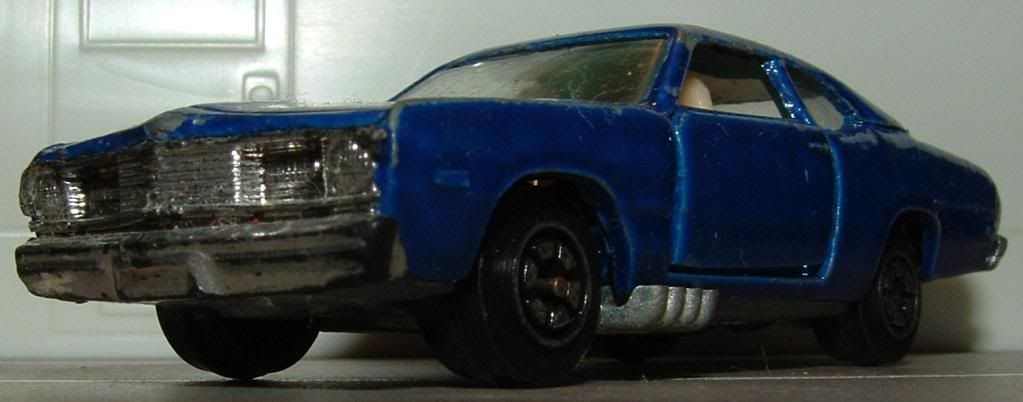
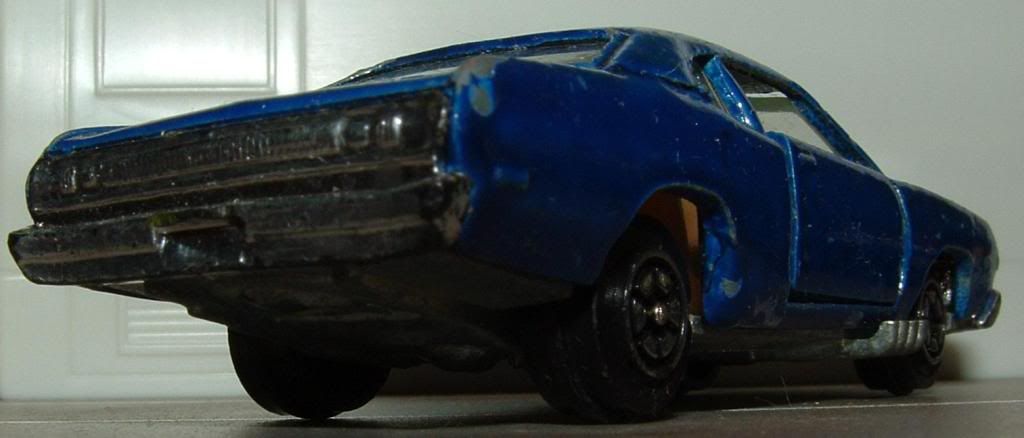

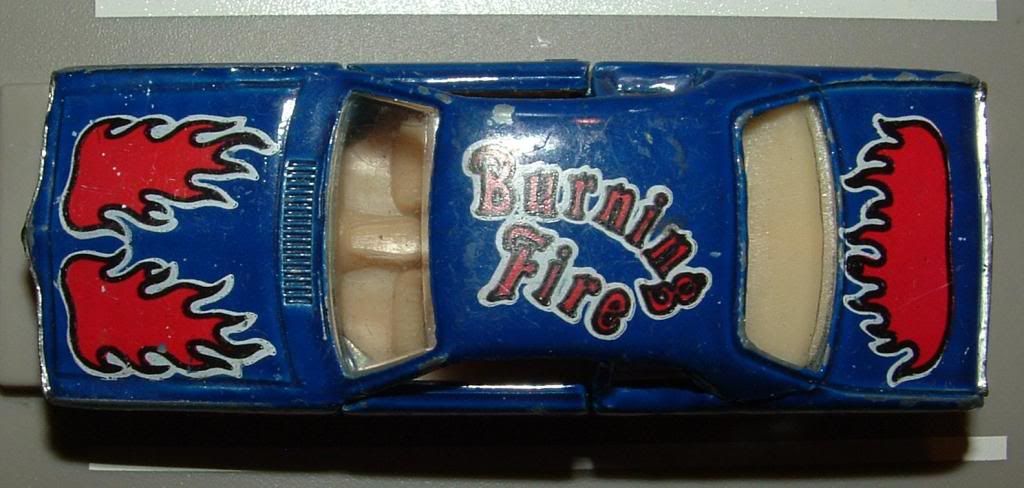
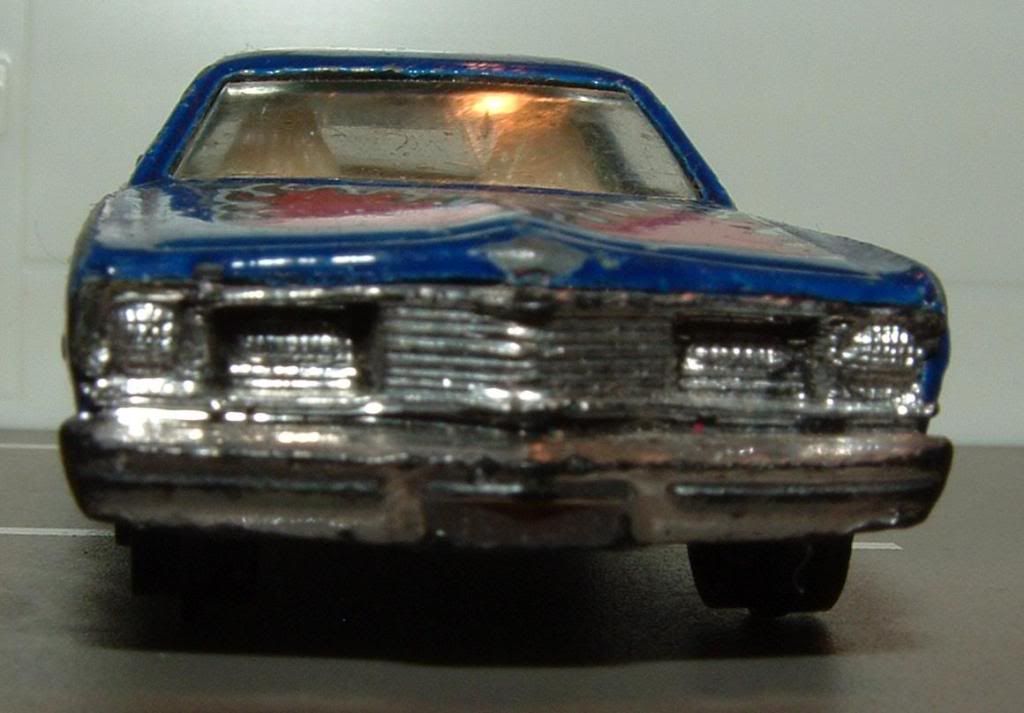
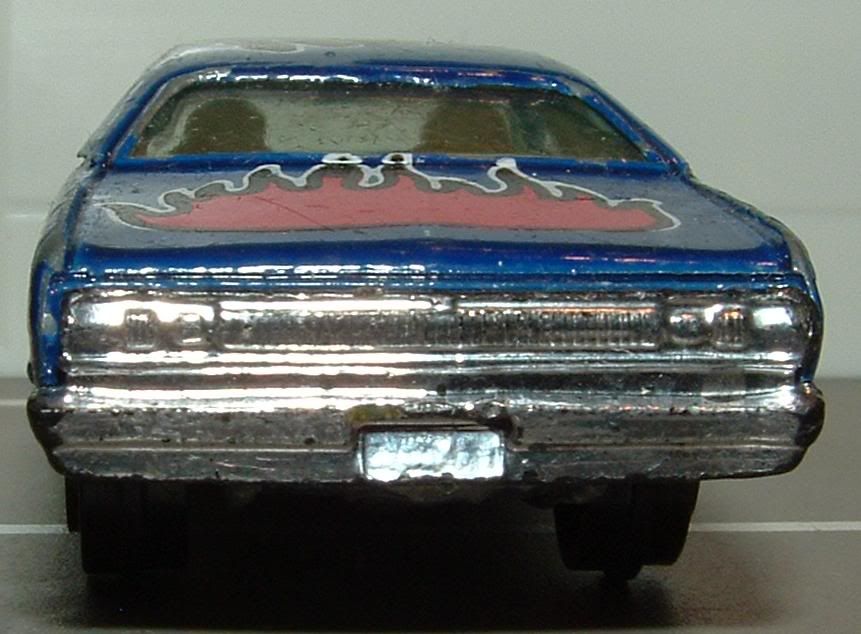
No comments:
Post a Comment